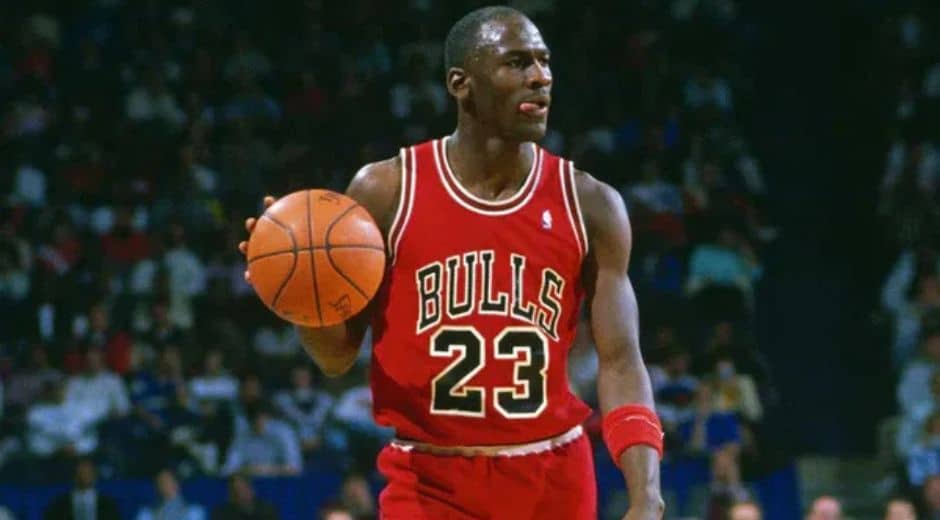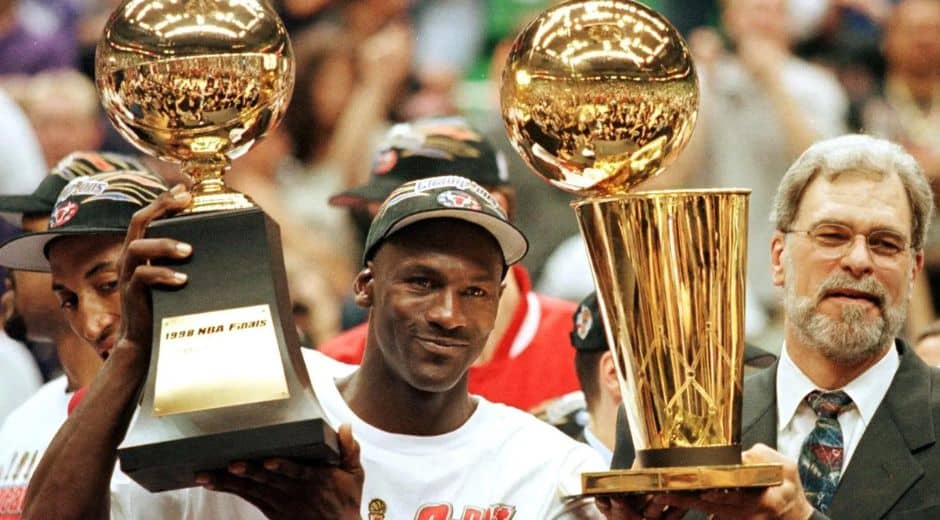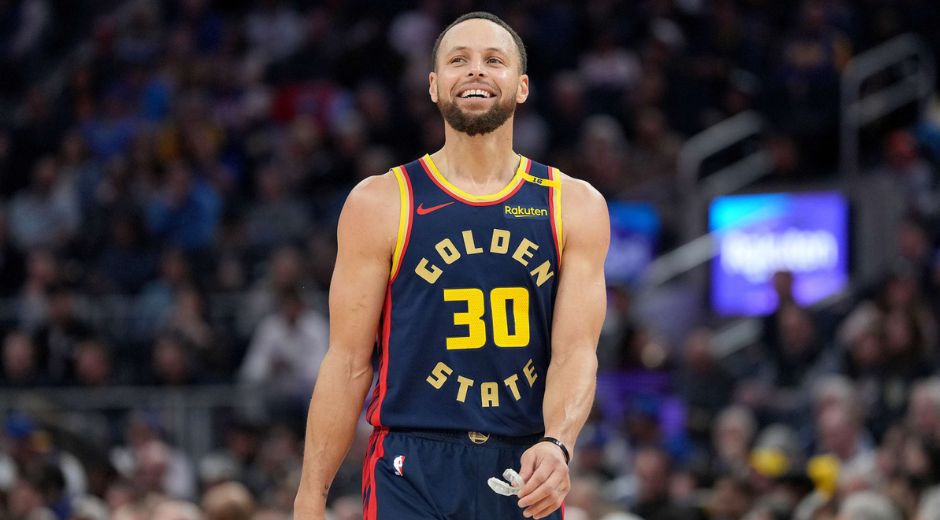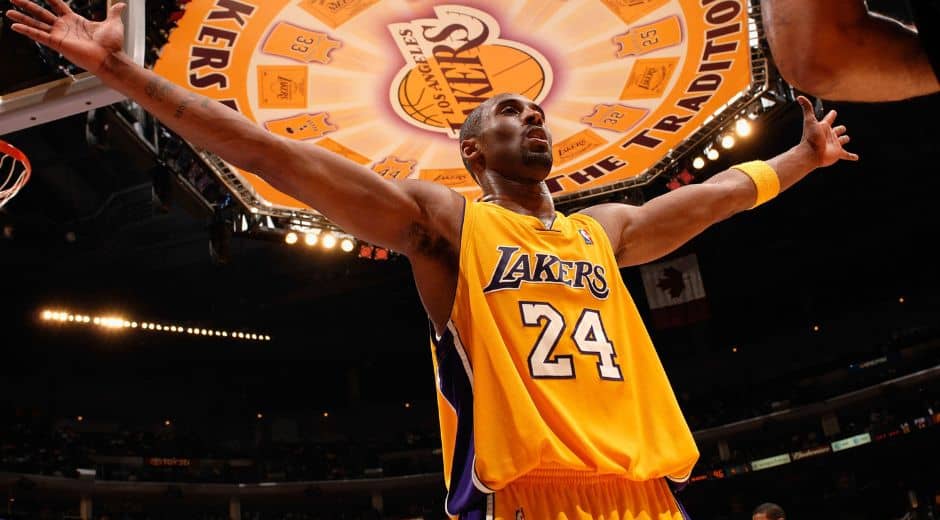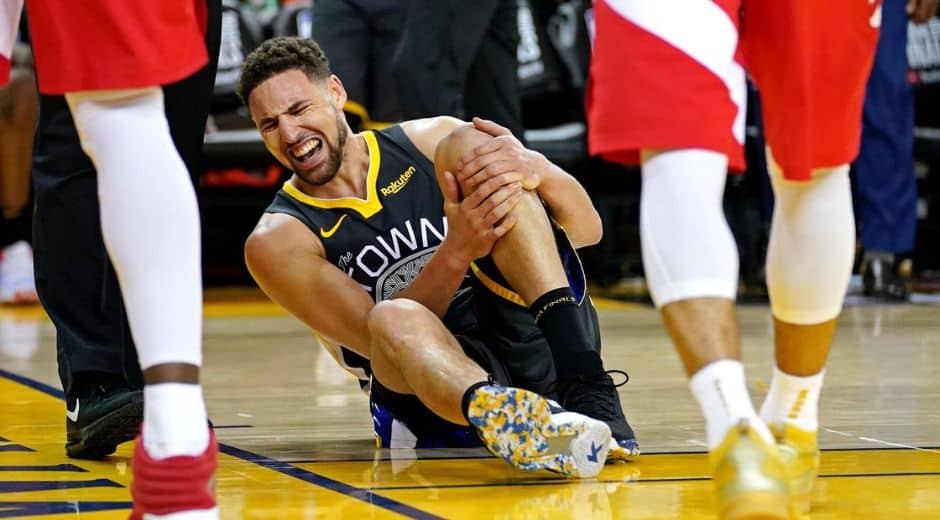How Agility Transforms Modern Basketball
Basketball continues to evolve in ways that push the limits of athletic performance. Today’s game is faster, more complex, and far more demanding than the versions played decades ago. The ability of players to glide past defenders, recover instantly on defense, and shift their entire body direction at high speed has become central to the sport. While the modern era celebrates scoring, agility is what shapes opportunity. What a player does between dribbles, between passes, and between shots often decides the rhythm of a match.
In professional leagues around the world, athletes prepare for these demands with precision training, film analysis, and advanced technology. Coaches spend countless hours designing patterns that allow teams to move as one unit, creating space, sealing gaps, and applying continuous pressure. Movement has become a language, a silent communication between teammates that occurs at breathtaking pace, and agility plays a key role in keeping this flow alive.
Why Agility Defines the Modern Game
The reason movement has become such a dominant factor across basketball is simple: the sport is more positionless than ever. Gone are the days when roles were rigid. Big players now handle the ball, smaller players post up, and everyone is expected to contribute at both ends of the floor. This transformation means movement skills matter for every position, and individual agility gives players the freedom to adapt instantly.
Guards slice through defensive lines, wings navigate crowded lanes, and centers rotate across the court to defend faster opponents. Every shift in momentum requires fluid adjustment. Teams with strong movement patterns dictate tempo, forcing rivals to react instead of initiate. In moments of chaos, agility often becomes the difference between securing space or losing possession.
The sport has also become more tactical. Coaches now break down matchups with extraordinary detail, and players must adjust instantly. A single hesitation can open a driving lane, while a late recovery can collapse a defensive structure. The competitive edge comes not from brute force, but from the constant ability to adapt, and agility enhances that adaptability.
The Role of Footwork in Player Development
Footwork is one of the most essential components of advanced movement. It allows players to stay balanced through contact, accelerate under pressure, and maintain control in tight spaces. Elite players spend endless hours mastering pivots, step-throughs, and transitions from stop to start. Their foundation of agility keeps them stable while performing these complex movements.
Footwork also reduces injury risks. Efficient movement patterns protect joints, improve landing mechanics, and support longevity in careers that place immense strain on the body. Many stars credit specialist trainers for helping them refine this foundation early in their development.
For example, European academies place heavy emphasis on technical movement from youth age groups. This focus creates players who thrive in high-pressure environments and understand spacing intuitively.
Defensive Agility and Team Identity
At the highest levels, defensive success relies on coordinated movement between all five players. Even one lapse in timing can lead to an open lane or uncontested shot. Teams known for elite defense usually excel because their players rotate quickly, communicate constantly, and recover with precision. Defensive agility allows teams to stay connected even against the fastest offenses.
Closing out on shooters, covering ball screens, and contesting drives require rapid changes of direction. The ability to navigate screens without losing positioning separates disciplined defenders from those who rely only on physical strength. Teams that excel on defense often build entire identities around these principles, overwhelming opponents through constant pressure and intelligent shifting.
To dive deeper into evolving defensive strategies, breaking down movement and spacing at the highest level, you can explore insights from NBA analysis.
The Mental Side of Movement
Fast reactions aren’t only physical; they are deeply mental. Basketball IQ allows players to anticipate changes faster than opponents. When an athlete recognizes patterns before they fully unfold, movement becomes predictive rather than reactive. This mental agility boosts decision-making and allows players to stay one step ahead in complex game situations.
This cognitive component is why veteran players often maintain elite performance even when their physical peak diminishes. Experience sharpens instincts. A well-timed cut, a perfectly read rotation, or a quick adjustment to a matchup can shift the momentum of a game instantly.
Psychology also plays a role. Confidence in one’s movement creates freedom, while hesitation interrupts rhythm. Players who trust their training respond more naturally under pressure, allowing their bodies to move without overthinking.
How Technology Enhances Athlete Preparation
Modern teams use motion-tracking systems, biometric sensors, and real-time analytics to refine every aspect of athlete movement. These tools measure reaction speed, directional changes, force output, and fatigue levels. Coaches then adjust drills to target weaknesses or enhance strengths. Much of this measured progress ties directly to improvements in functional agility, which amplifies both safety and performance.
High-level programs also incorporate virtual simulations to recreate defensive pressure or offensive flow. This allows players to practice decision-making at full speed without needing a full squad present. Technology has turned training into a science, where every percentage of improvement is measured and maximized.
Conditioning and Endurance
Movement efficiency becomes even more important as fatigue sets in. Players who maintain form, balance, and control late in games provide enormous value. Conditioning programs now integrate reaction drills, lateral training, sprint variations, and rotational strength to ensure athletes remain sharp deep into the fourth quarter. Maintaining late-game agility allows players to execute even under fatigue.
Proper conditioning allows players to sustain high energy, recover after explosive drives, and maintain defensive structure. As the pace of the sport increases, endurance becomes a competitive weapon.
Movement in Offensive Creativity
On offense, creative movement unlocks scoring opportunities. Skilled players use misdirection, change of pace, and deceptive angles to manipulate defenders. Their ability to disguise intentions often comes from nuanced agility, helping them slip through even the tightest defensive coverages.
This style of play isn’t limited to superstars. Role players who understand how to cut effectively, screen correctly, and reposition quickly become invaluable. The most successful teams use synchronized movement to stretch defenses, create mismatches, and generate efficient shots.
Golden State, Denver, Boston, and international clubs across Europe rely heavily on coordinated patterns that create effortless ball flow. Without sharp movement from every player, these systems collapse.
Parallels Between Sport and Nature
Movement systems in basketball mirror patterns found throughout nature. Just as flocks of birds shift direction in harmony or ecosystems adapt to balance, successful teams operate as unified organisms. Each movement influences the next. Every adjustment affects the broader environment.
To explore how coordination, timing, and interconnected systems operate outside of sport, visit BusinessForumHub, where natural mechanisms reflect the same principles seen in elite performance.
Leadership Through Movement
Leaders on the court often express command not through words, but through how they move. A driven sprint back on defense, a decisive rotation, or a sharp cut can inspire teammates. Effort becomes contagious. Veteran players who demonstrate unwavering movement discipline often showcase a level of calm agility that stabilizes the entire lineup.
Young players watching veterans learn the value of discipline, timing, and self-control. Leadership becomes visible not through speeches, but through motion — a universal language understood by all athletes.
Final Thoughts
Movement defines the rhythm of basketball. It powers creativity, defense, teamwork, and decision-making. As the sport grows faster and smarter, the importance of efficient, intentional movement only grows. Whether on offense or defense, a foundation of controlled agility elevates every action on the court.
To read more about how basketball strategy, player development, and performance are evolving across the sport, visit SportSoulPulse, where the mind of the game meets the movement behind greatness.
The Pulse of Sport

Endurance: The Engine Behind Basketball Greatness
Endurance: The Engine Behind Basketball Greatness

The Acceleration Factor in Modern Football
The Acceleration Factor in Modern Football

Precision in Tennis: The Secret Behind Elite Performance
Explore how strategy, technique, mental strength, and physical mastery shape elite tennis performance in today’s fast-evolving sport.






